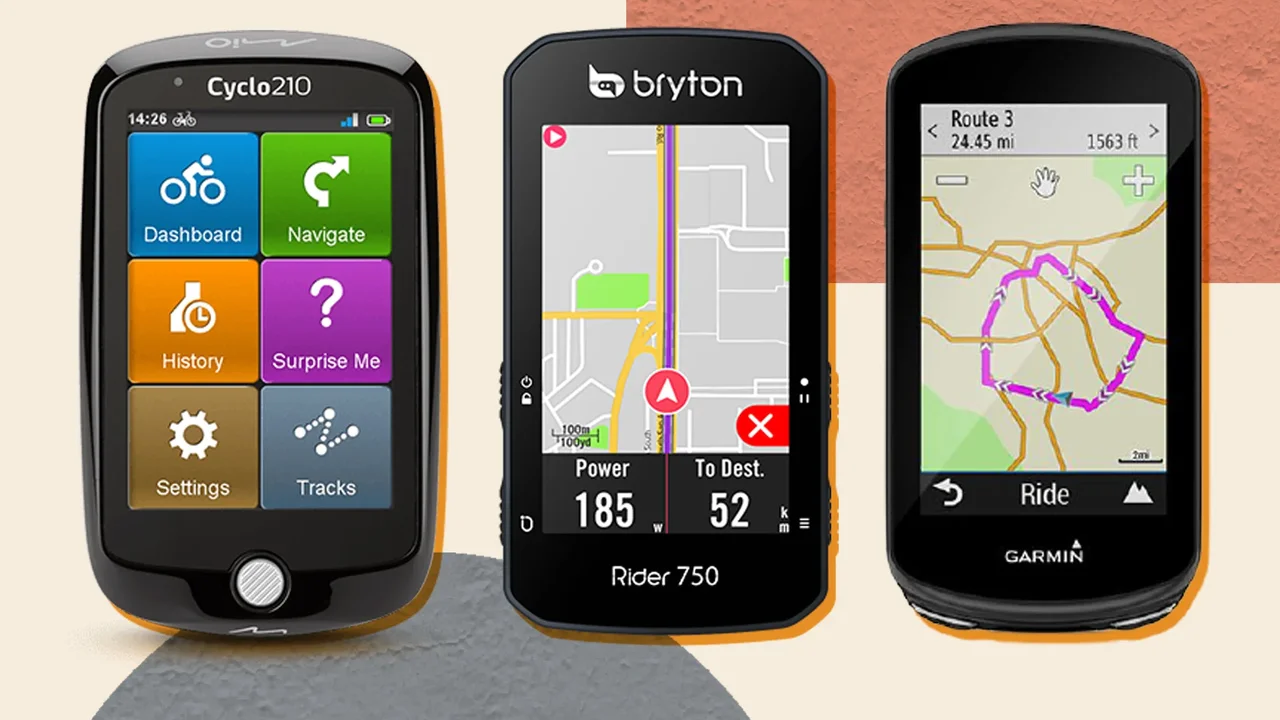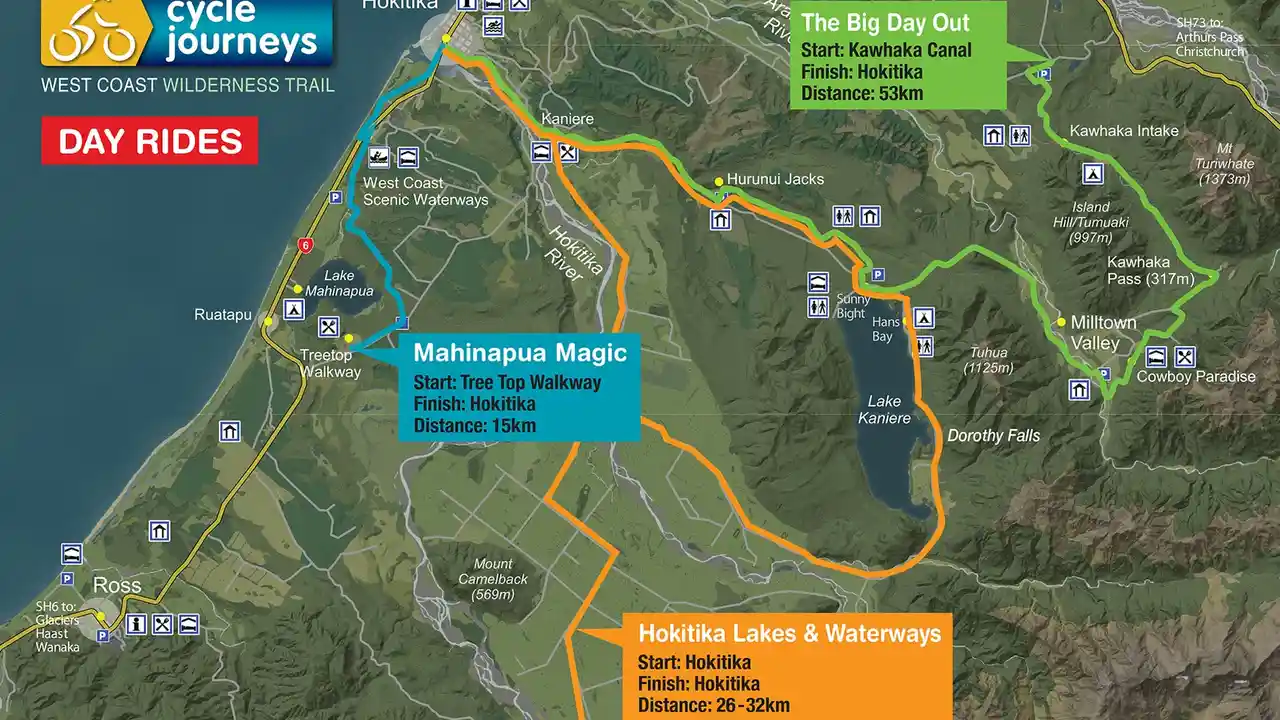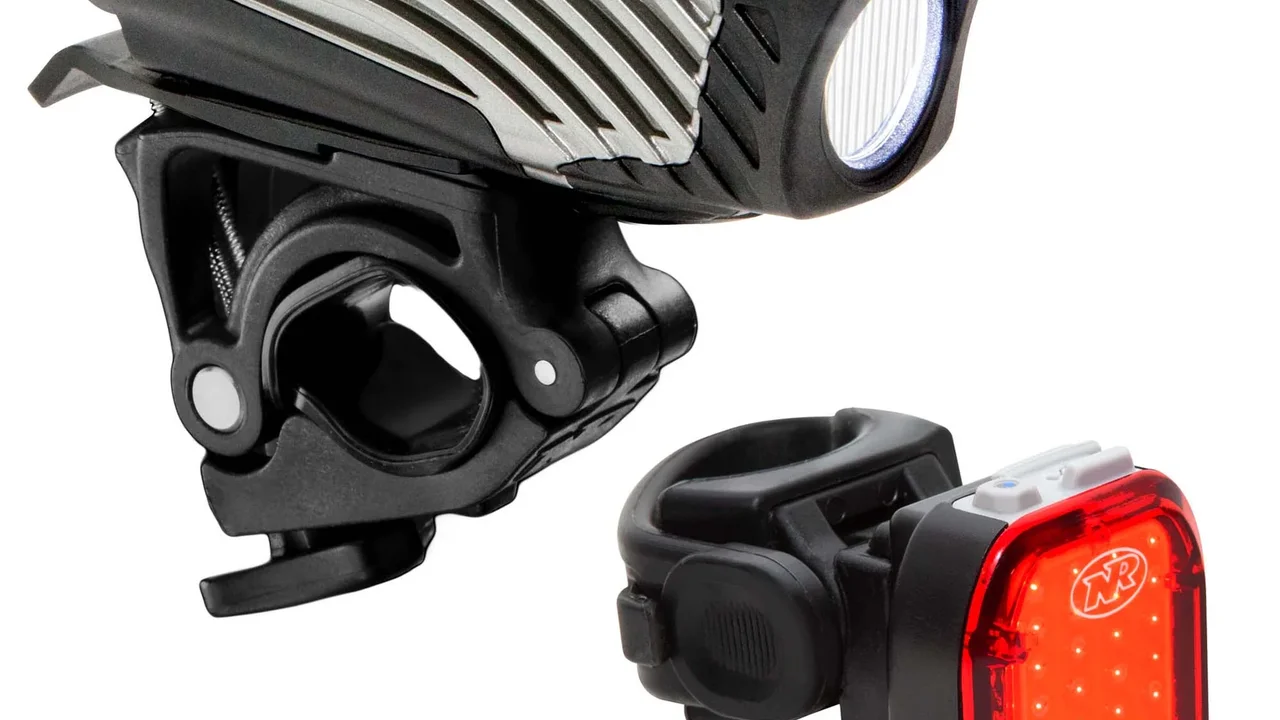5 Best Cycling GPS Devices for West Coast Navigation
Navigating the West Coast on two wheels is an adventure, but having the right cycling GPS can make all the difference. From sprawling coastal highways to challenging mountain trails, a reliable GPS device is essential for staying on course, tracking your performance, and discovering new routes. This guide dives into the top cycling GPS options for West Coast riders, covering everything from features and usability to specific product recommendations and pricing.

Why You Need a Cycling GPS for West Coast Adventures
Let's be real, relying solely on your phone for navigation on the West Coast isn't always ideal. Spotty cell service in remote areas, battery drain, and the potential for damage in a fall make a dedicated cycling GPS a much smarter choice. A good cycling GPS will offer:
- Offline Maps: Essential for navigating areas with limited or no cell service.
- Long Battery Life: So you can ride all day without worrying about running out of juice.
- Durability: Built to withstand the elements and the occasional tumble.
- Real-Time Data: Track your speed, distance, elevation, heart rate (with compatible sensors), and more.
- Navigation Features: Turn-by-turn directions, route planning, and the ability to discover new rides.
The West Coast offers diverse terrain, from the Pacific Coast Highway to the Sierra Nevada mountains. A cycling GPS helps you explore it all with confidence.
Top 5 Cycling GPS Devices for West Coast Cyclists Product Reviews
Okay, let's get to the good stuff. Here are five of the best cycling GPS devices for West Coast riders, with a focus on features, usability, and value for money.
Garmin Edge 530 A Feature Rich GPS for Data Driven Riders
The Garmin Edge 530 is a powerhouse of features in a compact package. It offers detailed mapping, performance tracking, and connectivity options. It is an excellent all-around choice for serious cyclists.
Key Features:
- Preloaded Maps: Garmin Cycle Maps with turn-by-turn navigation.
- Performance Monitoring: Tracks VO2 max, recovery time, training load, and more.
- Connectivity: ANT+, Bluetooth, and Wi-Fi.
- Battery Life: Up to 20 hours.
Pros: Extensive features, reliable navigation, durable build.
Cons: Screen can be a bit small for some users, can be overwhelming with features at first.
Use Case: Ideal for experienced cyclists who want detailed performance data and reliable navigation for long rides and training.
Pricing: Around $300.
Specific West Coast Application: The preloaded maps are fantastic for navigating popular routes like the Pacific Coast Highway and trails in national parks. The ClimbPro feature is incredibly useful for tackling challenging climbs in the Sierra Nevada.
Wahoo ELEMNT ROAM The User Friendly GPS for Easy Navigation
The Wahoo ELEMNT ROAM is known for its user-friendly interface and excellent navigation features. It's a great choice for cyclists who prioritize ease of use and reliable directions.
Key Features:
- Easy Setup: Simple setup and customization through the Wahoo Companion App.
- Navigation: Turn-by-turn directions, rerouting, and Back-on-Track navigation.
- Connectivity: ANT+, Bluetooth, and Wi-Fi.
- Battery Life: Up to 17 hours.
Pros: Intuitive interface, excellent navigation, easy to use app.
Cons: Less extensive performance tracking compared to Garmin, screen can be difficult to read in direct sunlight for some.
Use Case: Perfect for cyclists who want a simple and reliable GPS for navigation and basic performance tracking.
Pricing: Around $350.
Specific West Coast Application: The easy-to-use navigation is perfect for exploring new routes along the coast or in the Bay Area. The robust mapping system allows for easy route adjustment on the fly.
Hammerhead Karoo 2 A Premium GPS with Cutting Edge Technology
The Hammerhead Karoo 2 is a premium cycling GPS with a sleek design, a vibrant touchscreen display, and a focus on data visualization. It's a great choice for cyclists who want a high-end device with advanced features.
Key Features:
- Touchscreen Display: High-resolution touchscreen display for easy navigation.
- Data Visualization: Customizable data fields and graphs.
- Connectivity: ANT+, Bluetooth, Wi-Fi, and cellular (with a SIM card).
- Battery Life: Up to 12 hours.
Pros: Beautiful display, intuitive interface, advanced data visualization.
Cons: Higher price point, shorter battery life compared to some competitors, can be buggy at times.
Use Case: Ideal for tech-savvy cyclists who want a premium device with advanced features and a focus on data analysis.
Pricing: Around $400.
Specific West Coast Application: The high-resolution display is perfect for viewing detailed maps in bright sunlight, which is common on the West Coast. The cellular connectivity (with a SIM card) is useful for staying connected in remote areas.
Bryton Rider 750 A Budget Friendly GPS with Color Display
The Bryton Rider 750 offers a lot of features for a relatively low price. It boasts a color display, turn-by-turn navigation, and support for various sensors.
Key Features:
- Color Display: Vibrant color display for easy viewing.
- Navigation: Turn-by-turn navigation with preloaded maps.
- Connectivity: ANT+, Bluetooth, and Wi-Fi.
- Battery Life: Up to 20 hours.
Pros: Affordable price, color display, long battery life.
Cons: User interface can be clunky, map detail not as good as Garmin or Wahoo.
Use Case: A great option for cyclists looking for a feature-rich GPS without breaking the bank.
Pricing: Around $250.
Specific West Coast Application: The long battery life is perfect for multi-day cycling trips along the coast. The turn-by-turn navigation helps you stay on course even in unfamiliar areas.
Lezyne Mega XL GPS A Simple and Reliable Option for Long Rides
The Lezyne Mega XL GPS is a simple and reliable cycling GPS with a focus on long battery life and essential features. It's a great choice for cyclists who prioritize endurance and simplicity.
Key Features:
- Long Battery Life: Up to 48 hours.
- Navigation: Turn-by-turn navigation (requires smartphone connection for full functionality).
- Connectivity: Bluetooth.
- Simple Interface: Easy-to-use interface with customizable data fields.
Pros: Exceptional battery life, simple interface, affordable price.
Cons: Limited features compared to other devices, requires smartphone connection for some navigation features, black and white display.
Use Case: Ideal for ultra-endurance cyclists and those who prioritize long battery life over advanced features.
Pricing: Around $200.
Specific West Coast Application: The incredibly long battery life makes it perfect for tackling long-distance cycling events like the Death Ride or riding the entire Pacific Coast Highway. It's a dependable option when you need your GPS to last for days without recharging.
Comparing Cycling GPS Devices Finding the Right Fit
Choosing the right cycling GPS depends on your individual needs and preferences. Here's a quick comparison to help you decide:
- For Data Junkies: Garmin Edge 530 or Hammerhead Karoo 2 offer the most extensive performance tracking and data analysis features.
- For Ease of Use: Wahoo ELEMNT ROAM is known for its intuitive interface and simple setup.
- For Budget Conscious Riders: Bryton Rider 750 offers a good balance of features and affordability.
- For Ultra Endurance: Lezyne Mega XL GPS is the clear winner with its exceptional battery life.
Consider your riding style, budget, and the features that are most important to you when making your decision. Don't be afraid to read reviews and compare different models before buying.
Optimizing Your Cycling GPS for West Coast Conditions Map Settings and More
Once you've chosen your cycling GPS, it's important to optimize it for West Coast conditions. Here are a few tips:
- Download Offline Maps: Make sure to download offline maps for the areas you plan to ride in. This is essential for navigating areas with limited or no cell service.
- Customize Data Fields: Customize the data fields to display the information that is most important to you. This could include speed, distance, elevation, heart rate, or cadence.
- Adjust Screen Brightness: Adjust the screen brightness to optimize visibility in bright sunlight.
- Calibrate Altimeter: Calibrate the altimeter before each ride to ensure accurate elevation data.
- Update Firmware: Keep your GPS firmware up to date to ensure optimal performance and access to the latest features.
By optimizing your cycling GPS, you can ensure that it provides you with the most accurate and reliable information possible.
Protecting Your Investment Caring for Your Cycling GPS
A cycling GPS is an investment, so it's important to take care of it properly. Here are a few tips:
- Clean Your Device: Clean your GPS after each ride to remove dirt, dust, and grime.
- Store Your Device Properly: Store your GPS in a safe place when not in use.
- Protect from Extreme Temperatures: Avoid exposing your GPS to extreme temperatures.
- Use a Screen Protector: Consider using a screen protector to prevent scratches and damage.
- Check the Mount Regularly: Ensure the mount is secure before each ride.
Proper care will help to extend the life of your cycling GPS and ensure that it continues to perform reliably for years to come.
:max_bytes(150000):strip_icc()/277019-baked-pork-chops-with-cream-of-mushroom-soup-DDMFS-beauty-4x3-BG-7505-5762b731cf30447d9cbbbbbf387beafa.jpg)






